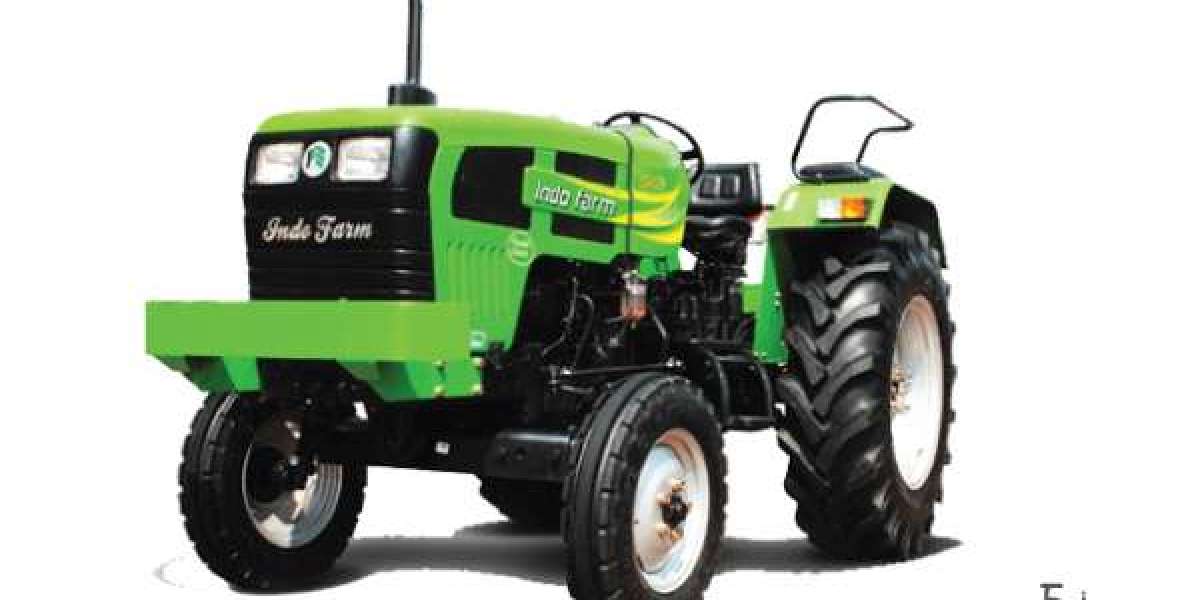The global bottled water market size was valued at USD 348.64 billion in 2024 and is anticipated to reach USD 509.18 billion by 2030, expanding at a CAGR of 6.4% from 2025 to 2030. This growth is primarily driven by increasing consumer focus on health and wellness, the demand for convenience and portability, and ongoing product innovations within the beverage industry.
The rising consumption of bottled water can be attributed to heightened health awareness among consumers. As more people recognize the negative health impacts of sugary beverages like sodas and fruit juices, they are increasingly turning to bottled water as a healthier and more natural hydration option. Bottled water offers a convenient way to stay hydrated without added sugars, calories, or artificial ingredients, making it a preferred choice for individuals with active, fitness-oriented, and health-conscious lifestyles.
A major factor contributing to this growth is the rising awareness of the importance of hydration for overall well-being. Consumers, particularly millennials and wellness-focused individuals, are choosing bottled water over high-calorie and sugar-laden drinks. This trend reflects a broader movement toward clean-label and low-calorie products that align with personal health goals. According to data from the International Bottled Water Association, bottled water maintained its position as the most consumed packaged beverage in the U.S. in 2023, with consumption far exceeding that of carbonated soft drinks. This shift underscores a strong and continuing preference for healthier hydration choices among consumers worldwide.
Key Market Trends & Insights:
• The North America bottled water market is anticipated to grow at a steady CAGR of 5.8% from 2025 to 2030, driven by increasing health awareness, the shift toward convenient hydration solutions, and strong consumer preference for safe and purified drinking water. Within the region, the U.S. market is also expected to witness consistent growth at a CAGR of 5.7% over the same period, supported by rising demand for premium, flavored, and functional bottled water options.
• In terms of product segmentation, the still bottled water segment dominated the market in 2024, accounting for a significant revenue share of 75.5%. This dominance can be attributed to the widespread consumer preference for plain and natural hydration options over carbonated alternatives.
• Based on packaging type, the PET bottled water segment captured the largest market share of 80.1% in 2024. PET bottles continue to be the most popular choice due to their lightweight nature, cost-effectiveness, durability, and recyclability, which make them suitable for both manufacturers and consumers.
• Furthermore, in terms of packaging size, the medium-sized bottled water segment held a revenue share of 72.7% in 2024. This segment’s prominence is largely due to its convenience for everyday use, balancing portability with sufficient volume for individual consumption, making it an ideal option for on-the-go hydration and regular household use.
Order a free sample PDF of the Bottled Water Market Intelligence Study, published by Grand View Research.
Market Size & Forecast:
• 2024 Market Size: USD 348.64 Billion
• 2030 Projected Market Size: USD 509.18 Billion
• CAGR (2025-2030): 6.4%
• Asia Pacific: Largest market in 2024
Key Companies & Market Share Insights:
The global bottled water market is highly competitive and is dominated by several leading players, each offering a wide portfolio of brands tailored to meet diverse consumer preferences and lifestyle needs. Nestlé Waters stands as one of the foremost companies in the industry, managing an extensive range of globally recognized brands. Among these, Perrier—a naturally carbonated mineral water sourced from France—is known for its distinctive taste and iconic green bottle, catering to consumers seeking premium sparkling options. Another flagship brand, San Pellegrino, hailing from Italy, is celebrated for its fine bubbles, refined taste, and association with gourmet dining experiences, further reinforcing Nestlé’s premium market positioning. In contrast, Nestlé Pure Life serves the mass market by offering affordable, purified water that is easily accessible to everyday consumers across various regions.
The Coca-Cola Company is another dominant participant in the global bottled water landscape, maintaining a strong market presence through well-established brands. Dasani, one of its leading offerings, is a purified water enriched with minerals to enhance taste, appealing to a broad consumer base seeking reliable hydration. Smartwater, another popular Coca-Cola brand, is a vapor-distilled water infused with electrolytes for a crisp, clean taste, strategically positioned as a premium and health-oriented hydration choice.
Similarly, PepsiCo maintains its competitive edge in the market with brands such as Aquafina, a purified bottled water that enjoys widespread availability and brand recognition across global markets. Additionally, LIFEWTR, one of PepsiCo’s premium offerings, targets health-conscious and style-savvy consumers, combining hydration with artistic and creative branding. This brand emphasizes added electrolytes for taste and eye-catching packaging designs, reflecting the growing trend of premiumization and lifestyle marketing in the bottled water industry.
Key Players
• Perrier (Nestlé)
• Aquafina (PepsiCo)
• Dasani (The Coca-Cola Company)
• Evian (DANONE)
• Poland Spring (Primo Water Corporation)
• Fiji Water (FIJI Water Company LLC)
• Gerolsteiner (Gerolsteiner Brunnen GmbH & Co. KG)
• Nongfu Spring (Nongfu Spring Co., Ltd.)
• National Beverage Corp
• Voss (Voss of Norway ASA)
• Himalayan Natural Mineral Water (Tata Consumer Products Limited)
• Bisleri (Bisleri International Pvt. Ltd.)
• Niagara (Niagara Bottling, LLC)
• Essentia Water (Essentia Water, LLC)
• Ethos Water (Starbucks Corporation)
• Penta Ultra-Purified Water (United Beverage, Inc.)
Explore Horizon Databook – The world's most expansive market intelligence platform developed by Grand View Research.
Conclusion:
The global bottled water market is expected to witness steady growth, driven by increasing health awareness, the rising shift from sugary beverages to healthier hydration options, and continuous innovation in packaging and production. Growing consumer preference for convenient, safe, and natural drinking water solutions further supports market expansion. Additionally, the introduction of premium, flavored, and functional bottled water products is reshaping the competitive landscape. While developed regions continue to dominate the market, emerging economies are expected to offer lucrative growth opportunities. Overall, the industry’s future outlook remains positive, supported by evolving consumer lifestyles and expanding product diversification.








